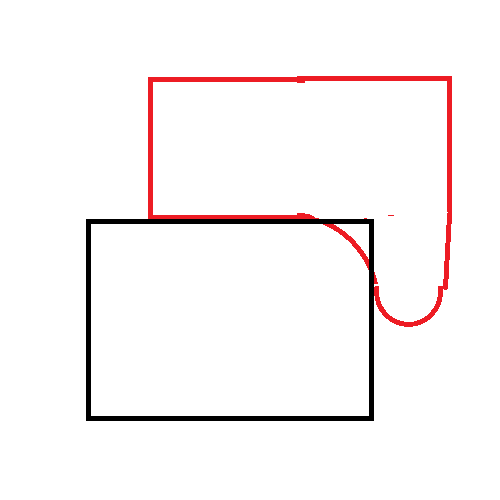Hi All,
I am working on a crane that will be used in Australia and I thought that people working in the railway or crane industry may be able to assist me.
According to the Australian standard AS 5228.1-2021 (Table 101) and AS 1418.1-2002 (Table 7.20.3.6), the fillet radius between the tread and flange of the wheel should not be less than the railhead radius. However, when I looked at wheel manufacturers and some articles, I found that the fillet radius between the tread and flange of the wheel is usually smaller than the railhead radius. My understanding is that if the corner of the railhead is sharper than the wheel tread/flange fillet, it can cause too much wear. I understand there might be a concern regarding the derailment of the wheel if the railhead corner radius is excessive but not convinced. Does anyone have any clues why the Australian standard mentions this? I looked at ASME B30.2 and CMMA 70, but I couldn't find any reference to this issue.
Thanks a lot
I am working on a crane that will be used in Australia and I thought that people working in the railway or crane industry may be able to assist me.
According to the Australian standard AS 5228.1-2021 (Table 101) and AS 1418.1-2002 (Table 7.20.3.6), the fillet radius between the tread and flange of the wheel should not be less than the railhead radius. However, when I looked at wheel manufacturers and some articles, I found that the fillet radius between the tread and flange of the wheel is usually smaller than the railhead radius. My understanding is that if the corner of the railhead is sharper than the wheel tread/flange fillet, it can cause too much wear. I understand there might be a concern regarding the derailment of the wheel if the railhead corner radius is excessive but not convinced. Does anyone have any clues why the Australian standard mentions this? I looked at ASME B30.2 and CMMA 70, but I couldn't find any reference to this issue.
Thanks a lot

